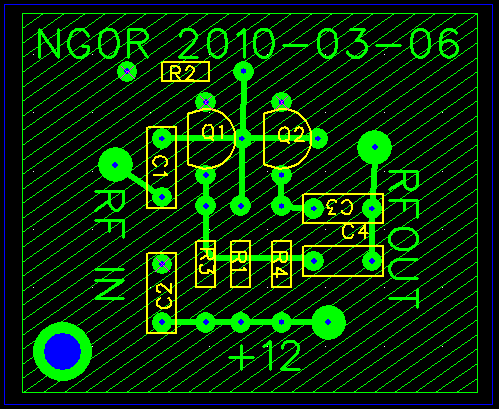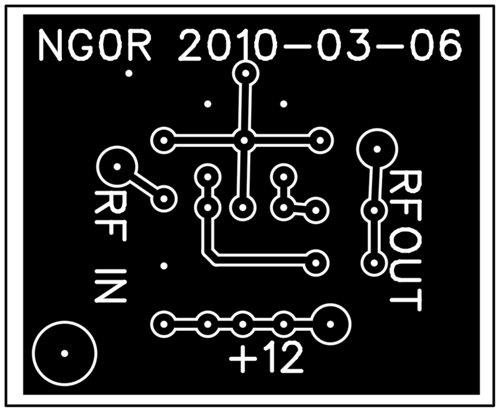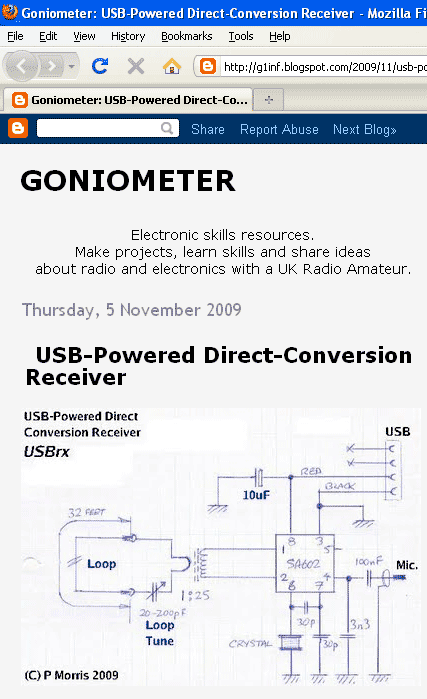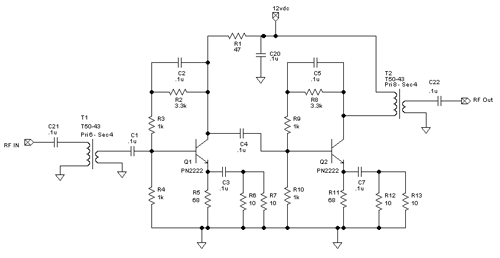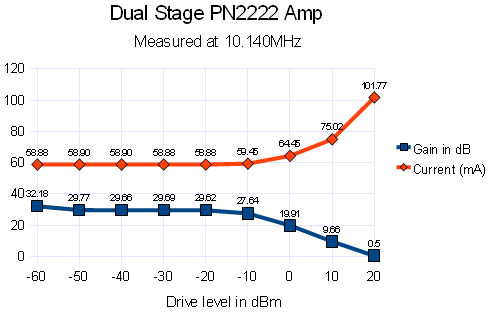Updated Website
I am in the process of migrating my website, blog, email, and DNS to a different hosting provider. My previous provider (and a good friend) was migrating all of his hosting and clients from a Windows based IIS server to a Unix server.

I had already been pondering changing from Windows + IIS + DasBlog to Linux+WordPress. The timing + details of the upstream changes prompted me to make some other changes at the same time.
Process:
Follow-up items:
PS... the post worked, the edit worked, and the picture got posted. It looks like I am in business on the new server.


I had already been pondering changing from Windows + IIS + DasBlog to Linux+WordPress. The timing + details of the upstream changes prompted me to make some other changes at the same time.
Process:
- I tried using the BlogML export tool (which works very well) with some BlogML Wordpress plug-in's for the migration process. The export worked but the import with the plug-in did not work with Wordpress 2.9.2.
- I ended up just changing my RSS settings on DasBlog to show 500 enteries in the feed and then saved the feed as a XML file. I then used the built-in RSS import tool to import the old posts.
- I then moved the images and other related content via FTP.
- I previewed the posts and content using a ww2.hoaglun.com address. Once everything looked ok I migrated the DNS for www.hoaglun.com over to the new host this morning.
Follow-up items:
- I need to migrate my DNS over to GoDaddy
- I need to setup my mail at my new provider
- I need to migrate my mailboxes via IMAM
- Write a new front page to do image rotation like the old site. (It was written in ASP so I will probably need to write the new one in PHP or Ruby on Rails
- I need to determine how I want to how the family photos in some sort of gallery.
- I will probably build a new blog for a "photo of the day" or "photo of the week" kind of activity
PS... the post worked, the edit worked, and the picture got posted. It looks like I am in business on the new server.











